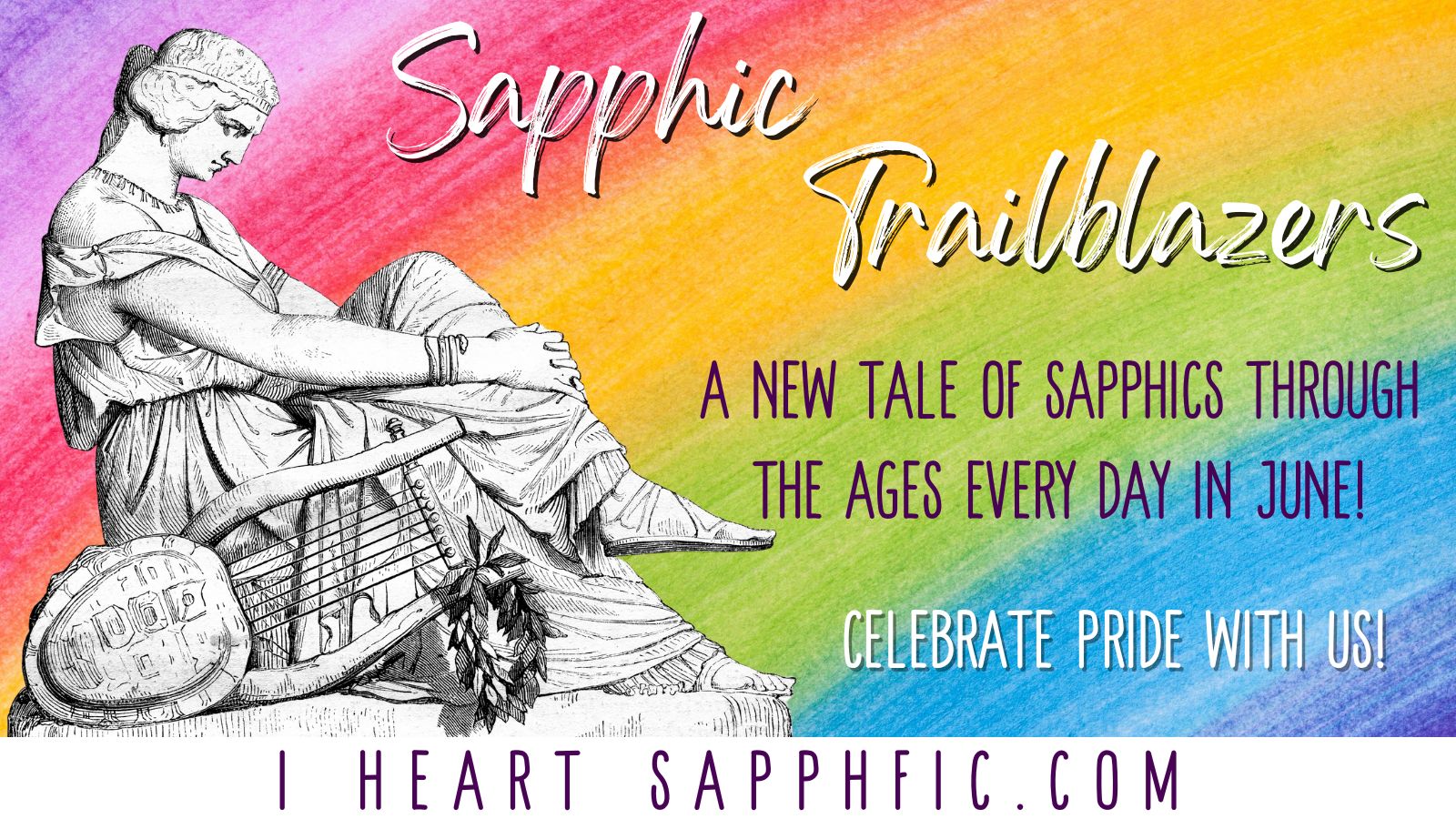
Josephine Baker: A Sapphic Trailblazer’s Journey from St. Louis to the Parisian Stage
Welcome to our latest blog post, where we celebrate the life and career of sapphic trailblazer, Josephine Baker. Join us as we explore her early life, cultural influences, and phenomenal career achievements. Discover her impact as a role model and uncover three lesser-known facts about this captivating performer and activist. Let’s dive in!
From Poverty to Stardom: Josephine Baker’s Early Life and Cultural Influences
Born on June 3, 1906, in St. Louis, Missouri, Freda Josephine McDonald, later known as Josephine Baker, endured a childhood marked by poverty and hardship. She grew up on Targee Street (also known as Johnson Street) in the Chestnut Valley neighborhood of St. Louis. The neighborhood had rooming houses, brothels, and residences without indoor plumbing.
Despite these challenges, she discovered her love for dancing and performing at a young age. Her talent and determination would eventually lead her to New York City, where she became part of the Harlem Renaissance movement.
Baker’s career truly took off when she moved to Paris in the 1920s. Embraced by the French for her exotic beauty and electrifying performances, she quickly became a symbol of the Jazz Age and an icon of the Parisian entertainment scene.
She became the most famous American entertainer working in France. Ernest Hemingway called her “the most sensational woman anyone ever saw”. Picasso drew paintings showcasing her glamourous beauty.
The Bronze Venus: Career Achievements
Josephine Baker achieved international fame as a singer, dancer, and actress, earning the nickname “The Bronze Venus.” She starred in numerous films and toured extensively, captivating audiences with her sensual dance routines and powerful stage presence.
During her life, it was rumored Baker was bisexual. One rumor claims she had an affair with Frida Kahlo. She never came out publicly, but she is remembered for being one of the first Black sex symbols of the 1900s. Her bravery on the stage and in life was a true inspiration for women and people of color.
Baker was also a passionate advocate for civil rights and racial equality. During World War II, she worked as a spy for the French Resistance and later became involved in the American Civil Rights Movement, refusing to perform for segregated audiences.
Three Lesser-Known Facts About Josephine Baker
- Baker was a devoted animal lover and had a pet cheetah named Chiquita, who wore a diamond collar and accompanied her on stage during her performances.
- She was awarded the Croix de Guerre and the Legion of Honor by the French government for her wartime efforts.
- Baker adopted 12 children from various countries, referring to them as her “Rainbow Tribe,” in an effort to promote racial harmony and understanding.
A Lasting Legacy: The Importance of Josephine Baker’s Impact
Josephine Baker’s legacy extends far beyond her accomplishments as a performer. As a trailblazer for women and a tireless advocate for racial equality, she has left an indelible mark on history. Her courage, determination, and unwavering commitment to justice have inspired countless individuals to challenge societal norms and fight for a better world.
Josephine Baker’s life and career serve as powerful examples of the importance of authenticity, resilience, and representation in the entertainment industry and beyond. As we celebrate her achievements and continued influence, let us also remember the lasting impact she has had on the world at large.
Find out more about Josephine Baker in this Wikipedia article.



























